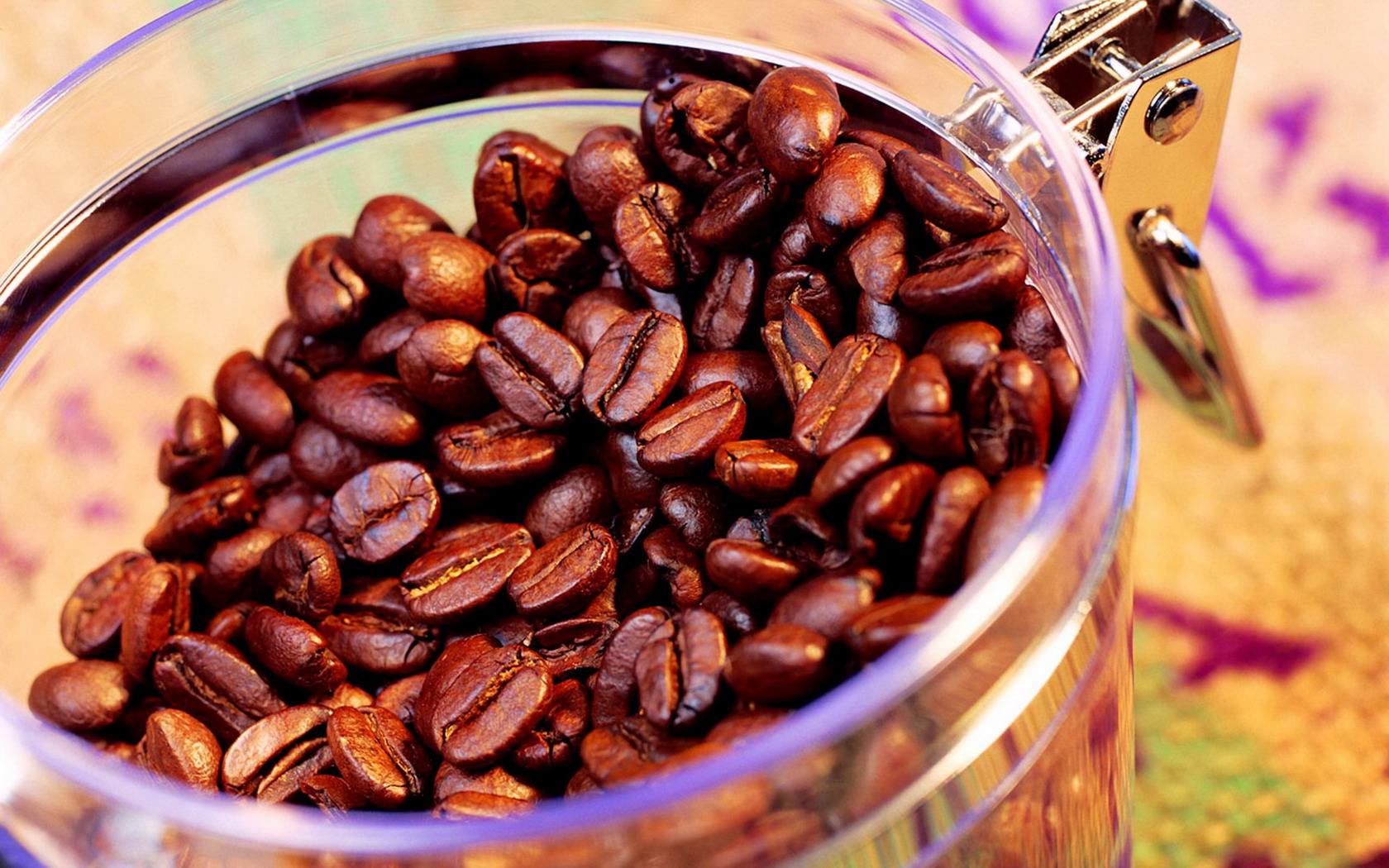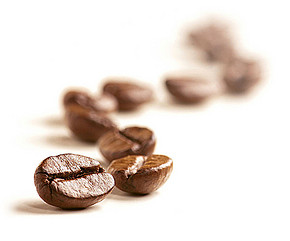Introduction to the planting characteristics of coffee bean producing areas in Guatemala
Follow the caf é (Wechat official account vdailycom) and found that Beautiful Cafe opened a small shop of its own.
Ekataru Valley
Rising to 2000 meters (6500 feet), with dense shade and unique ecology, the nearby Fuego volcano erupts, making its coarse, sandy soil rich in a variety of minerals. Temperate sea breezes from the Pacific and a seasonal climate allow coffee in this region to be dried by sunlight and processed according to traditional family methods that have been accumulated over the years.
[characteristics] the acidity is obvious, the dry and wet fragrance is remarkable and pleasant, the alcohol thickness is good, and the aftertaste is clear and long.

Koban of Rainforest
It is cloudy and rainy all the year round and the climate is cool. The vast majority of Koban coffee in the rainforest is grown in the obviously undulating and foggy mountains of the region and is deeply influenced by limestone and clay in the Atlantic basin. Koban has two seasons: the rainy season and the rainy season.
[characteristics] obvious fresh fruit flavor, balanced mellow thickness, pleasant aroma.
Antigua
Rich volcanic soil, low humidity, plenty of sunshine and cool nights are the characteristics of this producing area. The valley is surrounded by three volcanoes: Agua, Fuego and Acatenango. Volcanic ash from the eruption makes the soil of Antigua rich in minerals. Volcanic pumice can maintain humidity and overcome the lack of rainfall in Antigua; dense tree shade protects against occasional frosts.
[features] it is rich in damp fragrance, good balance, high sweetness and elegant taste.
Tiny Nanguo Highland
Of the three major non-volcanic coffee-producing regions in Guatemala, the Weitango Highlands has the driest climate and the highest elevation. The dry and hot wind from Mexico's Tehuantepec plateau protects the coffee from frost and can be grown to 2000 meters (6500 feet). Because of its remote location, all coffee farmers have to process their own coffee. Fortunately, there are so many streams in the area that small processing plants can be set up almost anywhere.
[features] the palate is balanced and pleasant, with high mellow thickness and a wine aftertaste.
Farahan Plateau
The area is of volcanic soil, with high altitude, sufficient rainfall and great humidity variation. Ash from Pacaya, Guatemala's most active volcano, provides important minerals for the soil in the region. There is plenty of sunshine in the dry season, and although the clouds and dew are heavy in the morning, they dissipate quickly. As a result, 100% of the coffee in the area is processed in the full sun.
[characteristics] the acidity is bright and consistent, the aroma is sufficient, and the thickness of alcohol is delicate.
New Oriental
The New Oriental District is the newest of the major coffee producing areas in Guatemala. In ancient times, it was a volcanic area, where the soil was made up of metamorphic rocks, so it was rich in minerals. The New Oriental District used to be the poorest area in Guatemala before it began to grow coffee. Since the 1950s, farmers in the mountains have started growing coffee on the natural, nutritious land here. Gradually, it has become a rising star in the Guatemalan coffee industry.
[features] the palate is well-balanced, mellow and full-bodied, with chocolate flavor.
Traditional Atitlan
Atitlan is one of the five largest volcanic coffee producing areas in Guatemala, and its soil organic matter is the most abundant among the five volcanic coffee producing areas. 90% of the traditional Atilan coffee is grown on the violent volcanic slopes of Lake Attila, where the daily breeze stirs the lake, which is an important factor affecting the microclimate of the region. The area has accumulated excellent planting and processing techniques for a long time.
Lake Attilan is a large lake with a depth of about 1000 feet and an area of 140 square miles, which was formed more than 80000 years ago. Lake Attilan, which was shrouded in fog at dawn, began to show a beautiful blue posture with the rise of the sun. The temperature difference between day and night and the afternoon gale known as Xocomil are the unique microclimate around Lake Attilan.
[characteristics] the aroma is refreshing, the acidity is bright and the mellow thickness is full.
San Marco, vol.
San Marco has the hottest climate of the eight largest coffee producing regions in Guatemala, with a maximum rainfall of 200inches (5000 mm). The rainy season is earlier than in other areas, and coffee trees bloom earlier. Like other remote areas of Guatemala, volcanic San Marco coffee is grown and processed by small farmers. Due to frequent rainfall in the rainy season, most coffees are pre-dried in the sun and then dried in a Guardiola dryer.
[characteristics] there are subtle floral aromas in the aroma and taste, obvious acidity and good mellow thickness.
Important Notice :
前街咖啡 FrontStreet Coffee has moved to new addredd:
FrontStreet Coffee Address: 315,Donghua East Road,GuangZhou
Tel:020 38364473
- Prev

A basic introduction to coffee in Guatemala
Follow the caf é (Wechat official account vdailycom) and found that the Beautiful Cafe opened a small shop of its own Capital: Guatemala City official language: Spanish area: 108889 square kilometers population: 15189958 (2016) coffee production in Guatemala began to develop in the 1850s. Coffee is an important elemen
- Next

SL28 coffee beans from New Oriental region in Guatemala
Pay close attention to the coffee review (Weixin Official Accounts vdailycom ) and find that each region has its own climate change, so the coffee beans in each producing area have their own characteristics. However, in summary, the coffee in Guatemala presents a mild and mellow overall texture, with elegant aroma and pleasant acidity with similar calorific value such as fruit acid, which seems to be
Related
- Detailed explanation of Jadeite planting Land in Panamanian Jadeite Manor introduction to the grading system of Jadeite competitive bidding, Red bid, Green bid and Rose Summer
- Story of Coffee planting in Brenka region of Costa Rica Stonehenge Manor anaerobic heavy honey treatment of flavor mouth
- What's on the barrel of Blue Mountain Coffee beans?
- Can American coffee also pull flowers? How to use hot American style to pull out a good-looking pattern?
- Can you make a cold extract with coffee beans? What is the right proportion for cold-extracted coffee formula?
- Indonesian PWN Gold Mandrine Coffee Origin Features Flavor How to Chong? Mandolin coffee is American.
- A brief introduction to the flavor characteristics of Brazilian yellow bourbon coffee beans
- What is the effect of different water quality on the flavor of cold-extracted coffee? What kind of water is best for brewing coffee?
- Why do you think of Rose Summer whenever you mention Panamanian coffee?
- Introduction to the characteristics of authentic blue mountain coffee bean producing areas? What is the CIB Coffee Authority in Jamaica?

